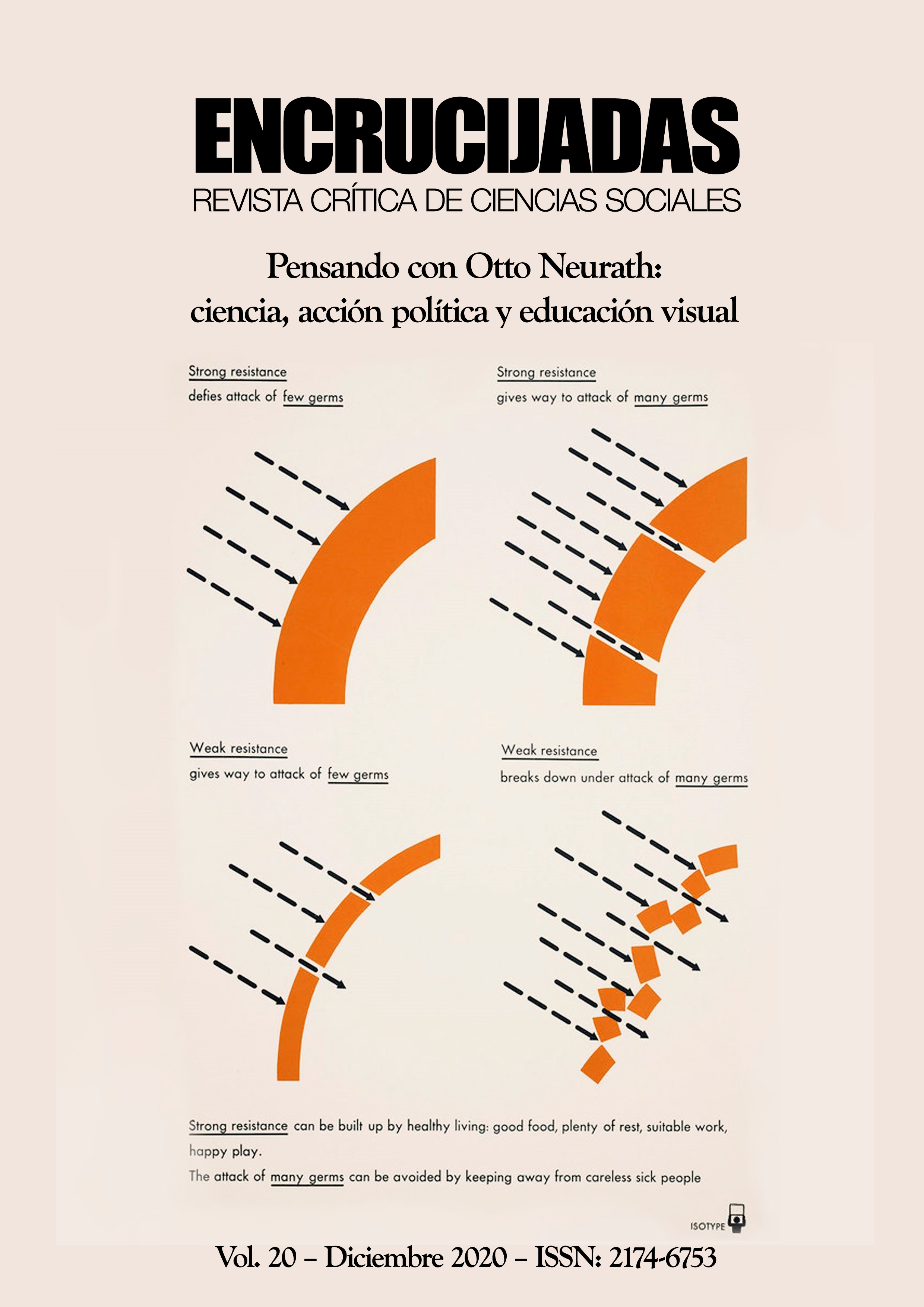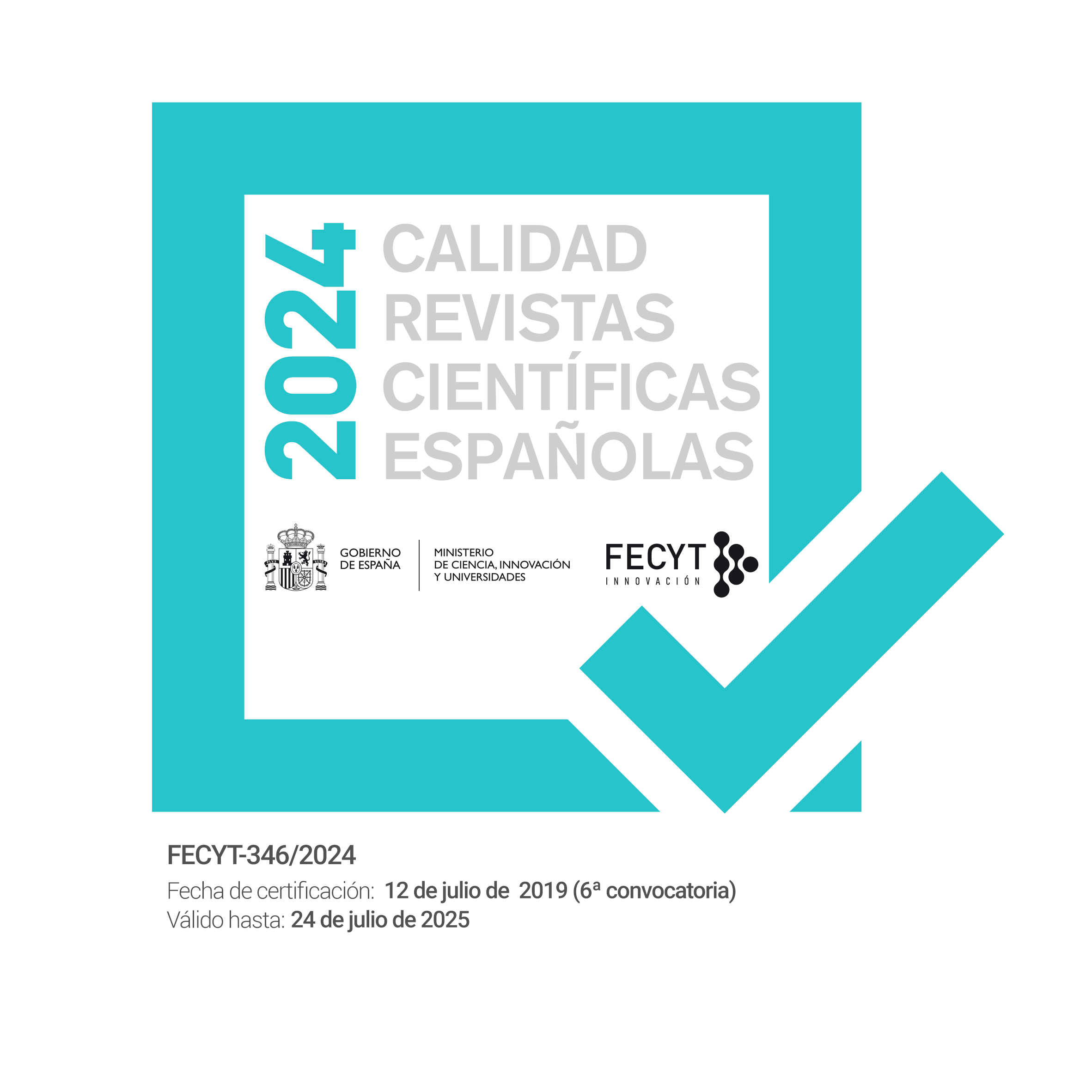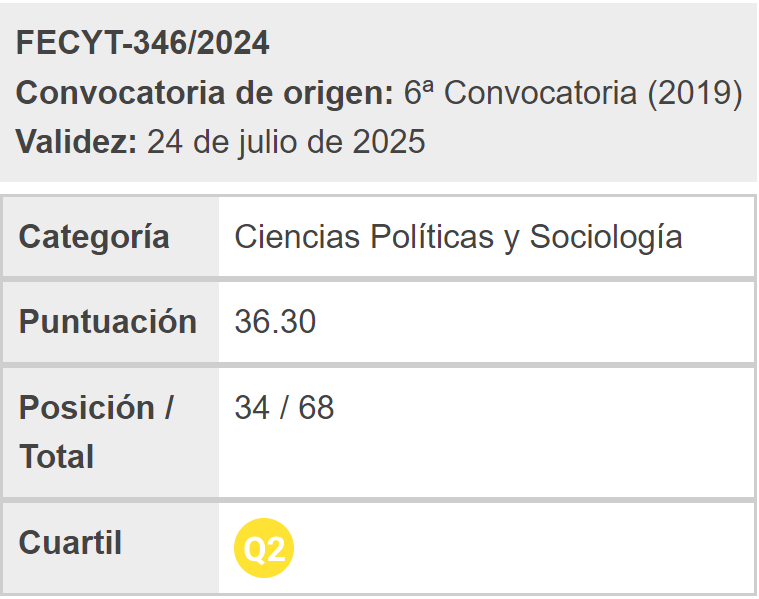Knowlegde, language and communication. Otto Neurath’s enlightened ideals and the ISOTYPE system of visual education
Keywords:
logical empiricism, physicalism, thing-language, visual education, democratizationAbstract
The aim of this paper is to investigate the relations between knowledge, language and communication within the framework of Neurath's philosophical and political program. We draw specifically a parallel between the adoption of the physicalist language as the basic language of science and the development of ISOTYPE visual education system. We defend the idea that they maintain a reciprocal relation with each other that makes possible the exchange of factual information and the transformation of verbal statements into visual statements, and vice versa. This reciprocal relation is also based on a number of shared features. In this regard, we consider that both are conceived as thing-languages and both play a pedagogical and political role which is to enable communication between science and society. For Neurath, this role also involves a model of communication focused in the humanization of knowledge and the democratization of decisions.
Downloads
Downloads
Published
How to Cite
Issue
Section
License
Copyright (c) 2020 Encrucijadas. Revista Crítica de Ciencias Sociales

This work is licensed under a Creative Commons Attribution-NonCommercial-NoDerivatives 4.0 International License.
Los autores/as conservan los derechos de autor y ceden a la revista el derecho de la primera publicación, con el trabajo registrado con la licencia de atribución de Creative Commons Reconocimiento-NoComercial (CC-BY 4.0), que permite a terceros utilizar lo publicado siempre que mencionen la autoría del trabajo y a la primera publicación en esta revista. Encrucijadas permite y se anima a todas las personas autoras a depositar la versión final publicada en repositorios institucionales o temáticos de acceso abierto, cumpliendo en caso necesario los términos establecidos por la entidad financiadora de la investigación.




